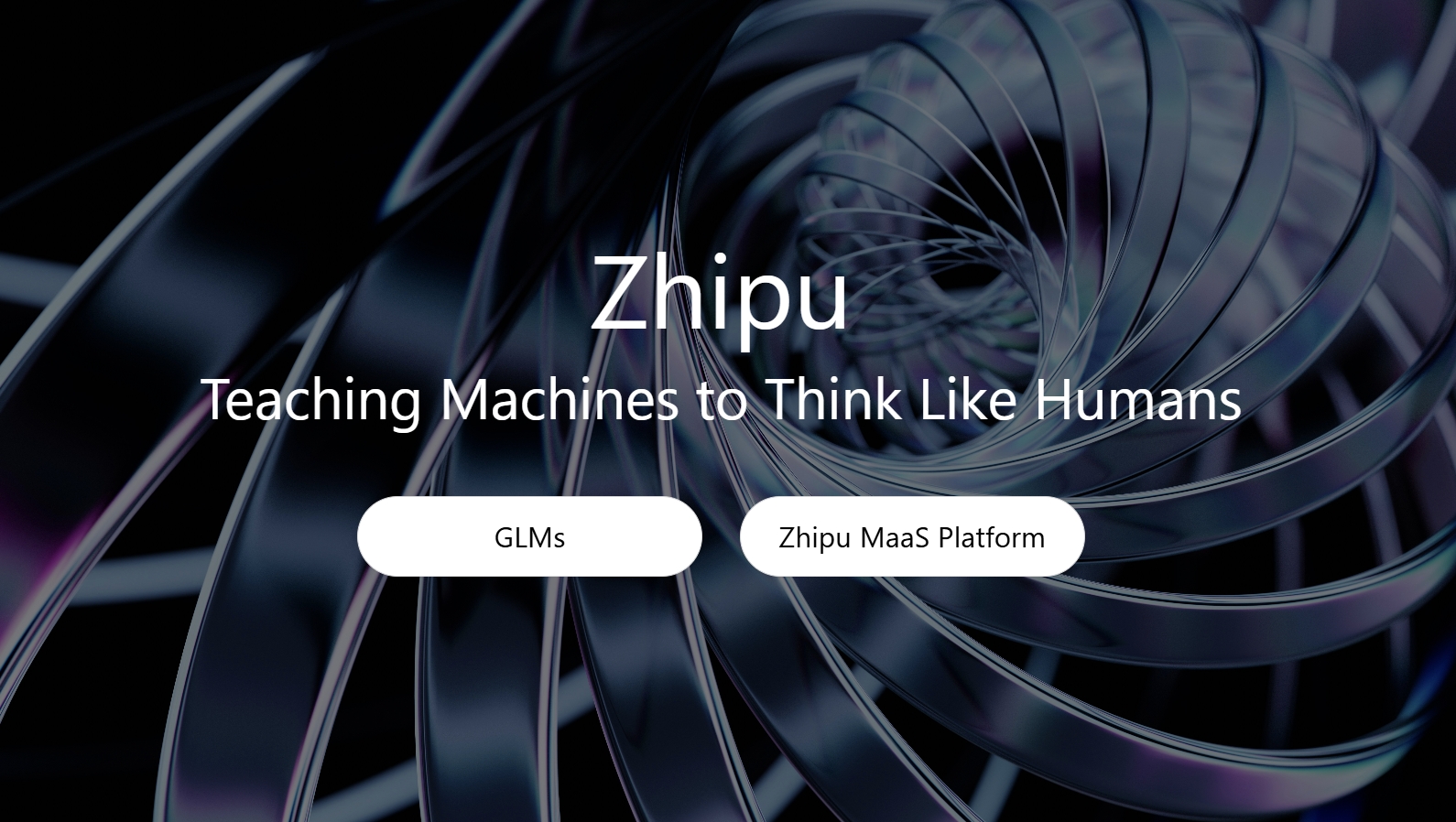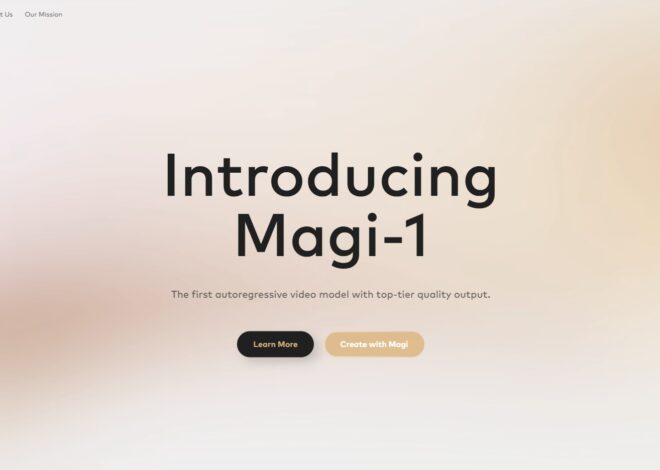
Zhipu AI Launches IPO: Valuation Exceeds 20 Billion, Becomes First “Big Model Six Tigers” Company to Initiate Listing Process
On the same day, Zhipu AI announced it will open-source its 32B/9B series GLM models and adopt a new domain “z.ai”.
Zhipu AI | Strategic Financing | Beijing | Founded June 2019 | AI Knowledge Intelligence Technology Developer | 36Kr Report | Enterprise Services | Gazelle Enterprise | High-Tech Enterprise | Technology-based SME | WISE2024 Annual Enterprise List – Artificial Intelligence | Contact
After continuous funding rounds, Zhipu AI officially initiated its IPO process today. According to documents on the Beijing Securities Regulatory Bureau website, Zhipu AI is currently undergoing listing guidance from CICC, expected to complete by October 2025, after which it may submit its prospectus for an A-share listing.
Zhipu becomes the first among the “Big Model Six Tigers” to formally launch its IPO process. With a valuation exceeding 20 billion yuan, it’s currently one of China’s highest-valued AI startup companies.
On the same day, Zhipu AI announced it will open-source its 32B/9B series GLM models and adopt a new domain “z.ai”.
Comprehensive Alignment with OpenAI’s Model Products, 2025 Focuses on Open-Source
Founded in 2019 as a spin-off from Tsinghua’s KEG (Knowledge Engineering Group), Zhipu AI began developing its GLM pre-training architecture in 2020, creating the 10-billion-parameter model GLM-10B.
In 2021, the company utilized MoE architecture to train a trillion-parameter sparse model, subsequently collaborating to develop the bilingual 130-billion-parameter GLM-130B. Building on this foundation, Zhipu began creating its large model platform and product matrix.
Currently, GLM-130B has achieved complete training on domestic platforms including Ascend, Hygon, and Sunway, while supporting efficient inference across over 40 GPU chips from Cambricon, Moore Threads, and Enflame.
In 2023, Zhipu launched its conversational model ChatGLM based on the 130-billion-parameter foundation, open-sourcing the single-GPU version ChatGLM-6B to enable researchers and individual developers to fine-tune and deploy models.
January 2024 saw the release of GLM-4; June brought open-sourcing of GLM-4-9B and vision model GLM-4V-9B with multimodal capabilities rivaling GPT-4V; July introduced video generation model CogVideoX; August upgraded to GLM-4-Plus; October launched end-to-end emotional speech model GLM-4-Voice and agent framework AutoGLM; November upgraded agents with GLM-PC.
With fully self-developed foundation models, Zhipu has built products comprehensively aligned with OpenAI’s offerings, including productivity assistant ZhiPu QingYan, code model CodeGeeX, multimodal model CogVLM, and text-to-image model CogView.
2025 marks Zhipu’s “open-source year,” with planned releases including foundation models, reasoning models, multimodal models, and agent models.
In March 2025, Zhipu launched AutoGLM Contemplation, claiming this new agent possesses both deep research capabilities and operational abilities, advancing AI agents into an “active thinking” phase. The technical evolution path includes: GLM-4 → GLM-Z1 reasoning model → GLM-Z1-Rumination → AutoGLM. Core components were open-sourced on April 14.
Zhipu states AutoGLM Contemplation embodies its vision for AI agents: enabling machines to both think and act autonomously.
The same month saw the release of CogView4, the first open-source Chinese text-to-image model, reportedly ranking first in DPG-Bench evaluations among open-source models and released under Apache 2.0 license.
April 2025 brings open-sourcing of 32B/9B GLM series under MIT license, with new foundation and reasoning models simultaneously launched on Zhipu’s MaaS platform. The reasoning model GLM-Z1-Air reportedly matches DeepSeek-R1’s performance while achieving 200 tokens/second inference speed at 1/30th the cost.
The new domain z.ai consolidates foundation, reasoning, and contemplation models, offering free global access as GLM’s interactive portal.
Multi-City Support for Zhipu AI
Entering 2025, Zhipu secured partnerships with multiple municipal governments and additional funding:
– March: 1 billion RMB strategic investment from Hangzhou Urban Investment Industrial Fund and Shangcheng Capital
– Zhuhai Huafa Group’s 500 million RMB investment to establish China’s first city-level GLM model space
– Chengdu High-Tech Zone’s 300 million RMB investment to develop Sichuan’s foundation model “Zhipu Zhuge,” planning to empower 1,000+ enterprises and incubate 20+ ecosystem companies within five years
CEO Zhang Peng emphasized GLM models remain cities’ preferred choice for their autonomy, security, and low hallucination rates. Zhipu collaborates with local leaders to advance regional AI ecosystems while contributing China’s AI capabilities globally, including assisting Belt and Road countries in developing sovereign AI models.
Valuation Exceeds 20 Billion
Zhipu’s funding history includes:
– 2023: Over 2.5 billion RMB total from social security funds, Meituan, Ant, Alibaba, Tencent, Xiaomi, Kingsoft, Shunwei, Boss Zhipin, TAL, Sequoia, Hillhouse, etc.
– Valuation growth: 4.3 billion (March 2023), 7.2 billion (May 2023), 12 billion (year-end 2023)
– 2024: Zhongguancun Science City’s lead investment at 20 billion pre-money valuation, followed by 3 billion RMB round including state-owned investors
The company has no controlling shareholder. Actual controllers are Tang Jie and Liu Debing, who collectively control 36.9647% voting rights through direct holdings and consortium agreements.



